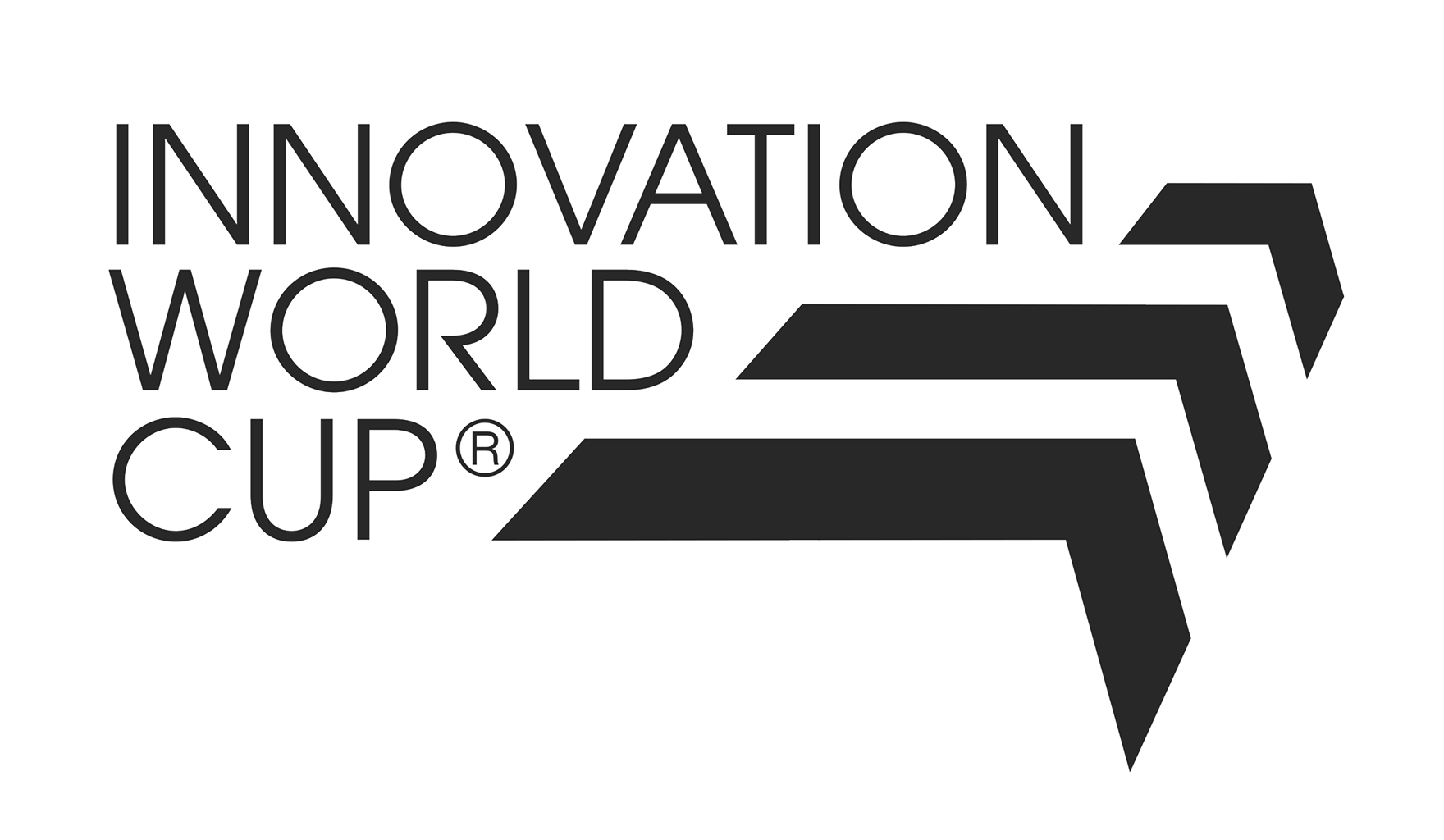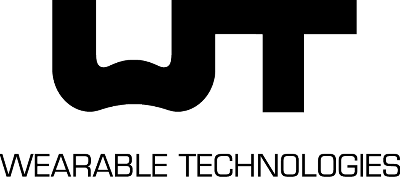Building on this foundation, the Aware Hearable V2 (in development) fuses neural and physiological monitoring in a single device engineered for real-world, high-stress environments such as combat zones, training ranges, first responder missions, and industrial sites. By simultaneously capturing brain and body data under extreme conditions, V2 enables insights that traditional lab-based systems and consumer wearables cannot achieve.
Anatomically Anchored Sensor Array
The Aware Hearable V2 performs simultaneous multimodal monitoring—capturing EEG, heart rate & HRV, SpO₂ & pulse, core temperature, motion (accelerometer, gyroscope, IMU), and contextual audio in real-world, high-stress environments.
Because the platform is built on validated, patented core technology, it opens the door to future capabilities—predicting neurological events, modeling resilience and recovery, and advancing precision therapeutics. Together, these advances establish a new class of biometric intelligence - Stress Contextual Biometric Intelligence—a breakthrough that captures how the brain and body truly perform in the most extreme, real-world environments.
AI-Ready Data for Clinical and Operational Impact
These AI-ready datasets are structured, HIPAA-compliant, and ISO-aligned, supporting immediate applications in seizure monitoring and drug trials, blast overpressure and TBI research, stress and PTSD detection, sleep analysis, extreme-environment readiness, and the development of next-gen therapeutics.
































